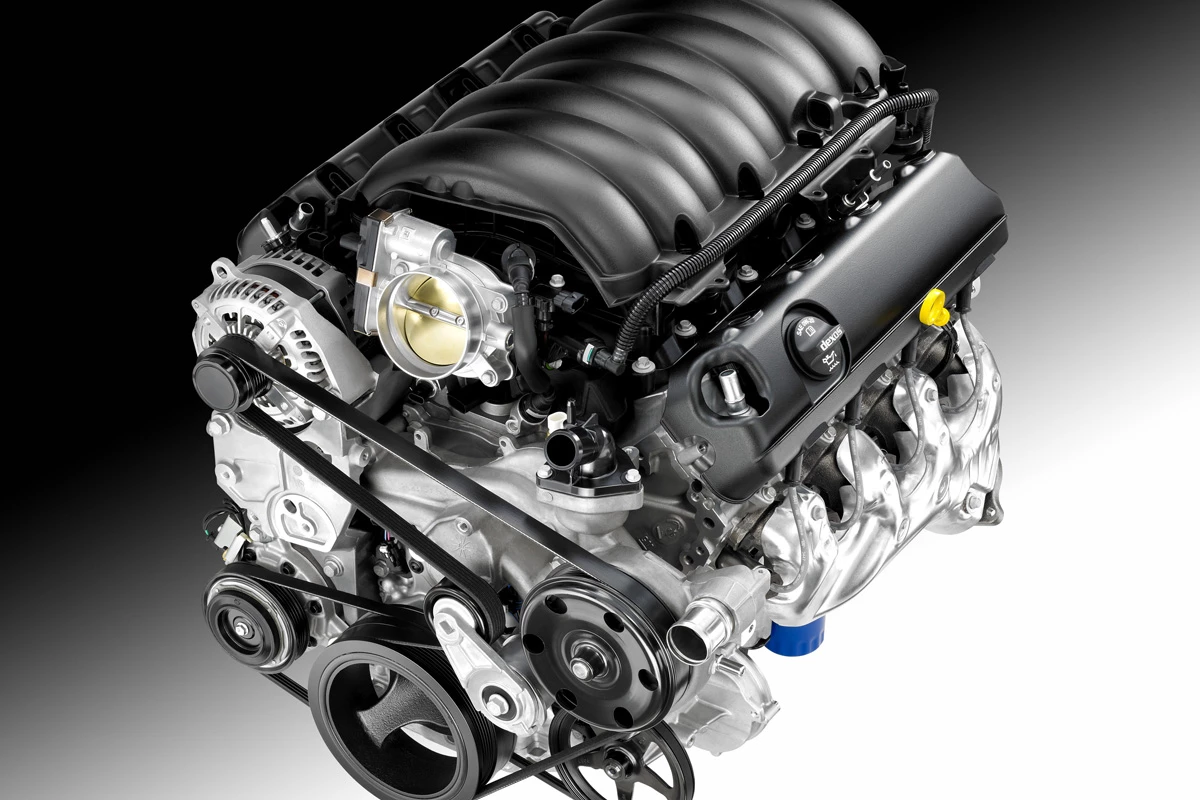Cylinder deactivation is nothing new, it's been used in the automotive industry for decades. A new system called Dynamic Skiip Fire from Tula Technologies takes this idea to a new level, however, with significant fuel economy gains as a result – especially in heavy-duty applications.
In a paper presented to the 2016 SAE World Congress, Tula explained its DSF technology and the testing process used to verify it. Tests were done using a 6.2-liter V8 gasoline engine from General Motors – an engine that commonly resides in everything from muscle cars to heavy-duty pickup trucks and commercial vans. Tula showed an 18 percent fuel economy gain through use of DSF versus the engine with factory deactivation.
In current cylinder deactivation, heavily used by GM, cylinders are deactivated only when the transmission is in a certain gear and/or the engine is running at a steady RPM rate. The deactivated cylinders are always the same, so most engines run deactivation in twos (two cylinders at a time) in fixed modes of operation. The Tula system is instead activated on a cycle-by-cycle basis.

Running cycle-by-cycle means that the cylinders are deactivated individually, as needed, and on the fly. To make up for the potential energy loss and noise increases, DSF increases air mass in firing cylinders to increase torque and mitigate friction losses. This allows a range of firing pattern selections and reduces overall wear on the engine as a whole.
The production L94 6.2L V8 was modified only to include the Tula Technology DSF and was mounted in a 2010 GMC Yukon Denali SUV. Hardware modifications included the addition of production (off-shelf) lost-motion lifters on intake and exhaust valves, changes in oil routing to facilitate lubrication of lost-motion lifters, and a new lifter oil manifold assembly with a solenoid system for directing oil to lost-motion lifters. Of these modifications, only the latter was not a stock GM part that had to be fabricated.

In independent lab testing, the findings were promising. DSF resulted in the engine's combustion stability improving over the stock GM cylinder deactivation, especially in the lower load range where a V8 is at its weakest. By increasing the mass of air in active cylinders, DSF countered the inherent losses associated with deactivation at low loads and boosted thermal efficiency. DSF was also found to reduce emissions, especially carbon oxide and dioxide, also due to higher thermal efficiency. The DSF system also improved heating of the catalyst in the catalytic converter, resulting in lower NOx emissions in some conditions.
General Motors owns a stake in Tula and could directly benefit from the Dynamic Skip Fire technology.
Source: SAE International




